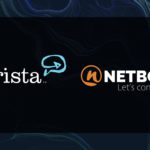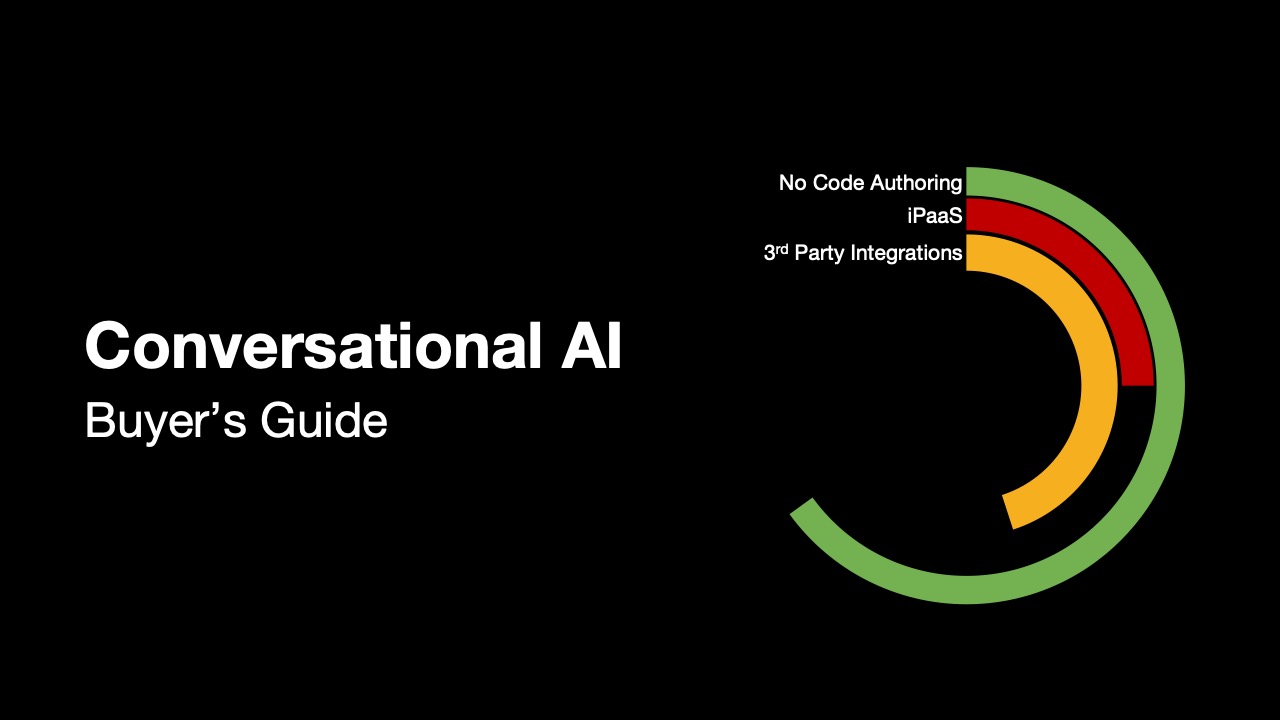Chatbots have slowly but steadily become an integral part of businesses primarily for the ease of automating routine and repetitive tasks. Gartner predicts that by 2022, 70% of white-collar workers will interact with conversational platforms daily. Grand View Research suggests that the global chatbot market will reach USD 2,485.7 million by 2028. However, while chatbots have made some tactical processes easier, there is still much room for improvement, especially when considering the FAQ or single task chatbots.
In their sweet spot, chatbots lighten the burden on support staff and improve operational efficiencies, but they fall short on several counts because most only read data from a single knowledge base. For instance:
- Bots can answer only simple questions. For complex queries, they need human help.
- Bots are rule-based and work on scripted information, which means anything outside the script is beyond their scope.
- Bots don’t remember conversations. Thus, you cannot continue conversations in a chatbot where they left off. Nor can you have concurrent or long-running (days/weeks/months) conversations.
- A single bot requires extensive programming effort to integrate with multiple systems. Therefore, you need to have several bots for various workflows and processes.
Chatbot Knowledge Bases Are Never-ending Projects
A bot is only as good as the intelligence behind it! Most bots derive their intelligence or knowledge from vast databases or knowledge bases (KBs). The KBs supply information for a bot’s decision tree logic to understand how to provide the next action. However, a KB’s resourcefulness depends on the information and knowledge of the team that creates and supports it. Keeping a KB current and up-to-date is challenging, and it often becomes a separate project with its own backlog.
For a bot to be helpful, it needs to be very smart and have access to lots of information for queries. However, supplying information to your bot may not be as effective or efficient as you may think. When building a knowledge base for your bot, you’ll need to make sure it has the most up-to-date information so it can supply the best answers to user questions. Plus, once complete, it requires constant updates and edits to ensure the bot provides the best information for users and shortens requests to save time and money. Suppose you are not monitoring your labor costs of maintaining the knowledge base. In that case, you could find that it is more expensive than anticipated and unnecessarily increases your bot projects’ cost.
Things to consider when building a bot knowledge base:
- Keeping a separate knowledge base creates another IT project that needs constant updates. These updates are redundant work since the data already exists in other apps. You will never keep up with business demands and changes if you rely on a knowledge base.
- It requires much investment on your part to create a well-designed knowledge base. Even then, the information in your knowledge base can quickly become dated.
- To keep the information relevant, you need to optimize information in the system constantly. Constant updates can lead to additional expenses and unnecessarily increase project costs.
- Users might also have a hard time using the knowledge bases. Too much information overload can also cause cognitive stress.
Enable Your Bot to Perform Next Best Action
A bot needs access to lots of information for it to be useful. However, providing enough information to your bot is no small task. This is why many organizations build knowledge bases from information sources like wikis, intranets, FAQs, training material, and offline documents. But, this method cannot perform the next best action once information is presented to a user. There isn’t an opportunity to automate any further because the bot supplies information from a static source. Instead, you will be more successful, lower costs, and enable your organization to implement AI by integrating static content in a knowledge base with automated contextual actions that might need to be performed once a user is informed. For example, learning about a new type of coverage is great, but adding that coverage to an existing policy right in line with that static information creates a valuable outcome.
Deliver Self-Service Automation
Knowledge-based bots are good enough if your enterprise uses only one system or solves a single problem. But dynamic enterprises interact with multiple apps, systems, people, and processes across various digital channels. Simple bots and extensive knowledge bases may help answer FAQs, but you are missing an opportunity to transform digital processes. To transform operations and optimize business outcomes, you need to connect bots to multiple apps and systems instead of AI-generated knowledge bases. By doing this, your customers and employees can interact in the same intelligent automation platform and read or update data from existing systems and apps. Intelligent automation increases your chances of transforming your business processes and, by default, enables you to leverage machine learning since it structures data in a single platform.
Intelligent Automation Reduces Complexity and Maintenance
Intelligent automation connects your people and apps using NLP and NLU to find answers directly from apps and systems. Therefore, you don’t need to build and maintain a separate knowledge base for each bot. Instead, your customers and employees are conversing about specific business processes independent of the apps that contain the data. For instance, if your customer needs help with a billing dispute, adding a policy, or needs to update contact information, they and an employee can converse in the automation platform and simultaneously read data from your CRM, support, and accounting systems to solve the problem. By connecting disparate data sources, intelligent automation eliminates unnecessary steps and reduces complexity by removing apps from the process. The more apps you remove, the less complexity there is. With less complexity comes less training and retraining. And, in this labor market with hard-to-find resources and high turnover rates, you don’t want your customer satisfaction rates dependent on an employee’s ability to navigate through too many apps.
Enable Better Service Without Maintaining a Knowledge Base
You need to shift employees from “doing” things to “thinking” about things. To do that, you need to move more work to machines to transform your organization. However, it would be best if you thought about how moving work to machines increases speed, throughput and reduces your overall costs. Here are steps you need to consider if you are looking to automate any processes:
- Move as much work to machines as possible to increase speed.
- Automate complete processes and not just mundane tasks.
- Choose a method that can handle multi-person and multi-system automations.
- Consider enterprise security and choose a method with role-based access and data security.
- Choose a method that reduces complexity and the number of interfaces your employees must use.
- Choose a method that lowers the overall cost of ownership so resources can be redeployed in growth areas vs. servicing technical debt.
- Consider an enterprise integration model that connects people, processes, and complex operating systems into a unified conversation.
- Consider a method that leverages machine learning to help optimize business process outcomes.
- Consider a method that is easy to use, deploy, and modify to enable the citizen developer.





